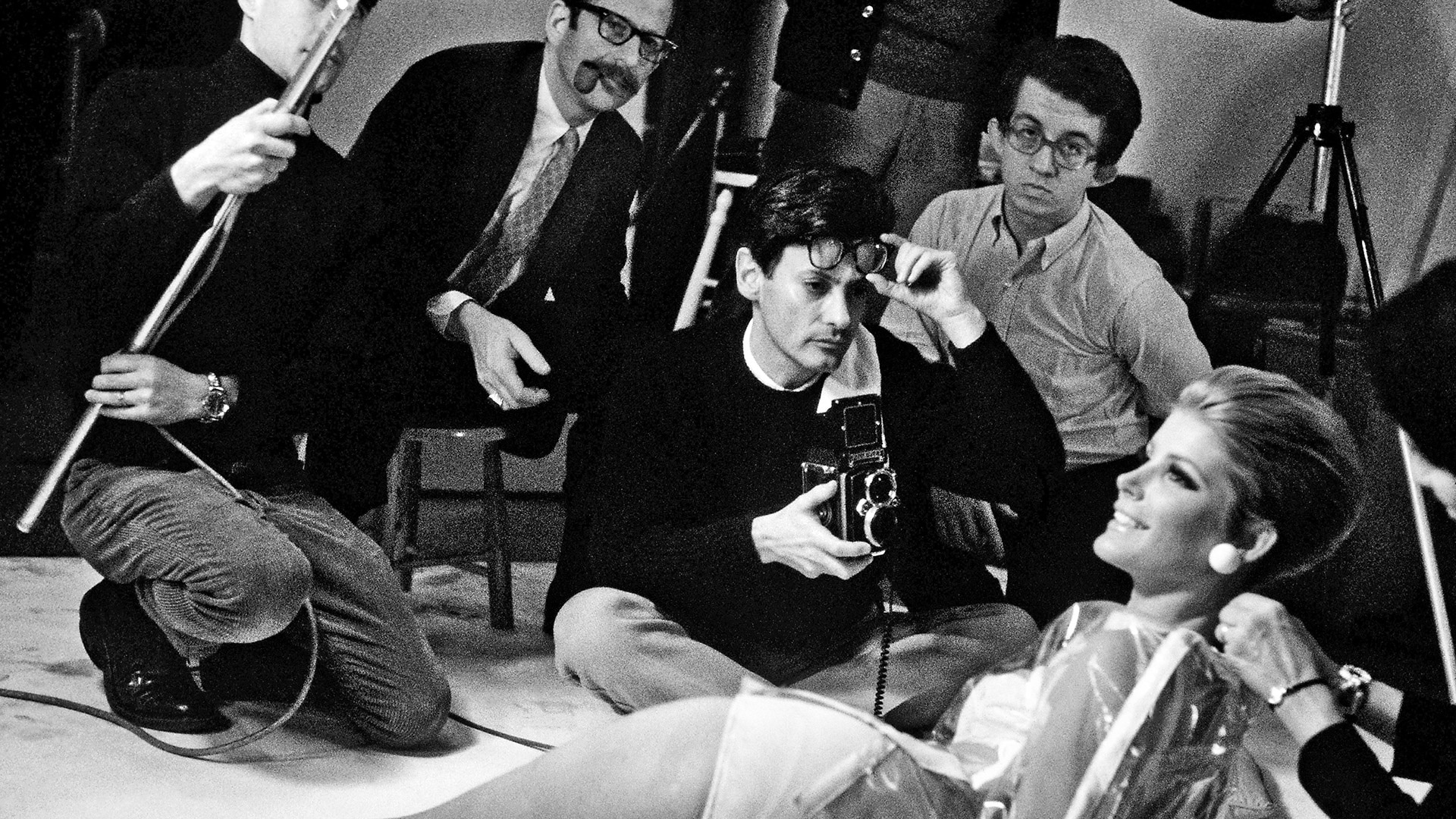A new biography, “What Becomes a Legend Most”, charts the photographer’s rise to becoming one of the most iconic portraitists of the 20th century.

You’re getting blind.
Don’t miss the best of visual arts. Subscribe for $9 per month or $108 $90 per year.
Already suscribed ?



